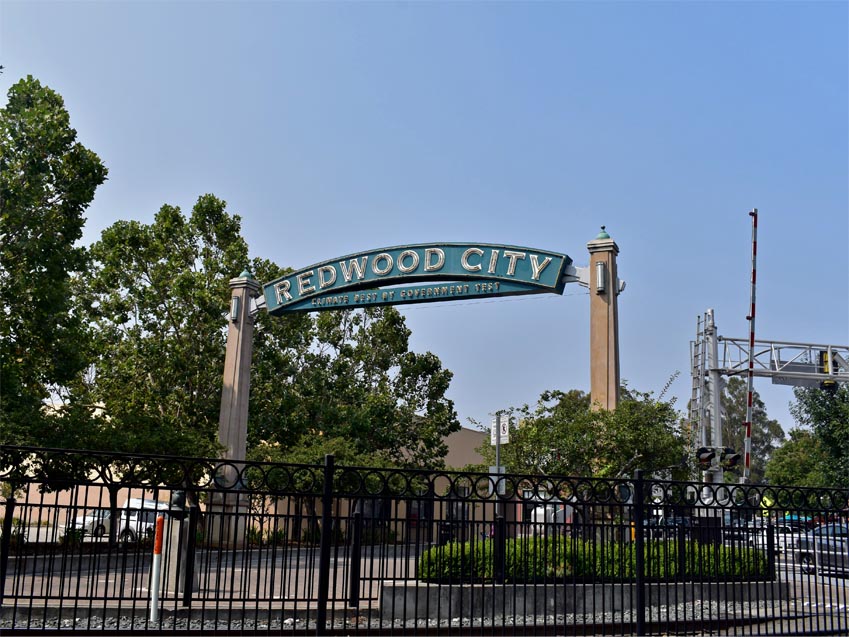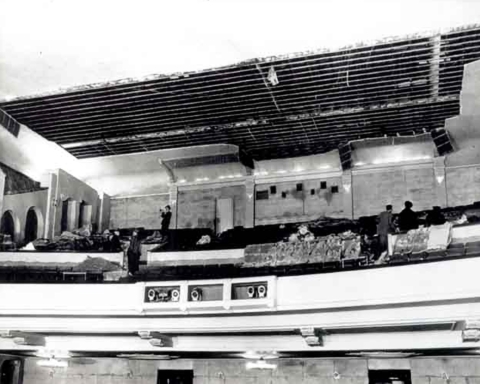The Redwood City Renaissance, or ruination, depending on your point of view, had many authors, but one of the key figures in the ultimate outcome of the city’s building boom announced this week he is leaving the city staff next month.
Aaron Aknin, assistant city manager/community development director, said he plans to form his own strategic consulting firm.

Aknin, 41, has been with the city for five years and has spent nearly 20 years working on the Peninsula in various planning positions, including stints at San Bruno, Palo Alto, Redwood City, Belmont and San Carlos, which, as we know, comprise the unofficial royal flush of cities.
Aknin told Political Climate his firm will focus on providing strategic consulting services and staffing to Bay Area cities, many of which are facing the kind of pressure to grow with which he dealt at Redwood City.
Aknin was at the center of the implementation of Redwood City’s Downtown Precise Plan, which resulted in dramatic growth in commercial and residential development, remaking the once-moribund city into a dynamic center of business and recreation.
The downtown plan projected growth over a 15- to 20-year period, but pent up economic forces accelerated the plan and much of it was accomplished in the five years Aknin was a key planning figure.
Indeed, during the same time, there was considerable turnover in the city’s Planning Department, leaving Aknin as, in the words of one real estate developer, “a very steady hand during a time when the city had unprecedented growth.”
Aknin said the city ended up with a positive outcome as a result of the precise plan and, significantly, the public input that led to modifications of the plan as it was implemented. He described the citywide debates over growth as essential to influencing the final outcome.
“The pushbacks resulted in reductions” of some elements of the plan, but the process allowed the plan to go forward and fulfill its ultimate goal of a transformed downtown, now characterized by high-rise residential units within walking distance to the city center and to regional transit and commercial development. The growth has revitalized the downtown as an employment center.
The lessons learned from the experience, Aknin said, is “not to be afraid to listen and to make changes to the plan where it can be improved without losing the overall vision of the plan.”
He said he is fully aware that the changes were unacceptable to a segment of the city’s population. “I get people’s perspective on the role of change.” The net result is a “lot different that we’ve seen in the suburbs. But I do think we’ve done the right thing.”
The kinds of changes seen in Redwood City can be expected in cities throughout the Peninsula, Aknin said.
“You have to allow a certain amount of growth,” although other cities are unlikely to see the breadth of growth that occurred in Redwood City, which had a downtown with more space, larger parcels and a reduced amount of impact on residential neighborhoods.
One unexpected development, Aknin predicted, will be the development of a citywide transportation system that provides more transit options for residents and workers. That’s not to say the city is going to move heavily into business as a transit operator, but that the planning set in motion by the downtown plan will lead to a citywide transportation strategy that will seek to enhance mobility and reduce traffic.
Aknin had been mentioned as a possible candidate for one of several city manager vacancies in San Mateo County. Instead, he has opted to go into business for himself. His last day at the city is Feb. 13, he said.
Contact Mark Simon at mark.simon24@yahoo.com.
*The opinions expressed in this column are the author’s own and do not necessarily reflect the views of Climate Online.






